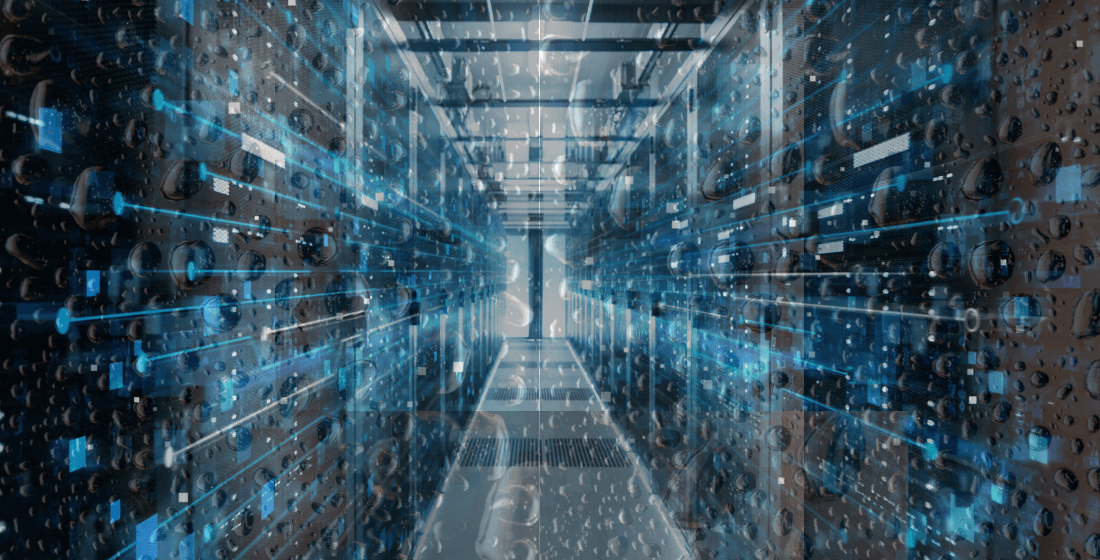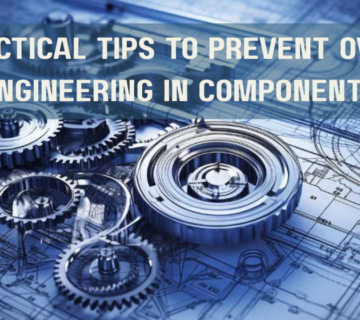Introduction
When managing IT infrastructure, one of the most common hazards comes from a harmless source: water. Sprinkler systems are essential for fire protection in many businesses and data centers, but if they are not well-protected, they can seriously damage pricey IT equipment. A tiny bit of water can harm computers, servers, networking equipment, and storage systems in ways that cannot be undone. Fortunately, there are safeguards you may take to protect IT equipment from water damage caused by sprinklers.
Here are five practical strategies to guard against sprinkler damage to IT equipment:
1. Set up systems for detecting water
One of the best methods for preventing unintentional water exposure to IT equipment is to use water detection devices. These systems consist of sensors positioned close to important equipment and can identify any leaks or moisture. When the system detects a water leak, it can sound alarms to notify staff members before the situation gets out of hand. In the event of an emergency, some sophisticated systems can even be integrated with building management systems to immediately turn off sprinklers or other water sources.
Water detection sensors ought to be placed in the vicinity of server rooms, data centers, and storage closets—areas where IT equipment is most susceptible. By preventing water from coming into contact with your equipment early on, you can maintain business continuity.
2. Make use of elevated flooring
Data centers and server rooms frequently use raised flooring to improve cable management and airflow. It can, however, also act as a barrier to prevent sprinkler system water damage. Raising your IT equipment above the ground allows water to collect in a gap, keeping it from getting to delicate equipment. An additional degree of protection against water exposure can be offered by this easy-to-use yet powerful solution.
Raised flooring may initially require a larger investment, but it eventually pays off because it lowers the chance of costly hardware damage. Additionally, if water does seep beneath the floor, the area will allow specialists to fix the problem before it affects your equipment.
3. Set up sprinkler protection
Consider erecting water barriers or sprinkler shields around important IT equipment in high-risk locations. By rerouting or deflecting water away from the covered region, these shields reduce the amount of exposure to any equipment underneath. Sprinkler shields are simple to install on walls or ceilings, especially in locations with a high concentration of IT equipment.
You may keep taking advantage of sprinklers’ fire safety features without putting your hardware at needless risk by employing these shields. Sprinkler shields are an inexpensive and simple approach to strengthen your water protection plan
4. Establish a Plan for Disaster Recovery
All firms, especially those with substantial IT infrastructure, need a well-organized disaster recovery plan. The plan must address the potential for sprinkler damage in addition to procedures for fire, cyberattacks, and power outages. You must have well-defined protocols in place to safeguard your IT hardware, retrieve data, and restore systems to the Internet as soon as possible in the event of water exposure.
Regular backups of all important data and the utilization of cloud or off-site storage should be part of the disaster recovery plan. This will guarantee that you won’t lose important company data even in the event that your physical IT infrastructure is harmed. Make sure your IT team is also prepared to handle water-related situations, from identifying leaks to repairing equipment.
5. Protect sensitive equipment by using waterproof enclosures
Consider purchasing waterproof enclosures for smaller IT equipment or gadgets that are especially susceptible to water damage. When exposed to sprinkler systems, these enclosures provide an extra degree of protection by shielding hardware from dust and moisture. There are many different sizes of waterproof enclosures, and some can be made to fit particular kinds of equipment, including switches or network routers.
Using these enclosures for essential equipment or peripherals can significantly improve the security of your IT infrastructure, even though it might not be practical for huge servers or racks.
Conclusion
Sprinkler systems are crucial for preventing fires in buildings, but they may be extremely dangerous for IT equipment. Fortunately, you may successfully guard against sprinkler damage to your infrastructure by putting the proper preventive measures in place. You may protect your precious equipment by installing water detection systems, employing raised floors, adding sprinkler protection, developing a disaster recovery plan, and using waterproof enclosures.
These techniques can greatly lower the risk of harm in the case of a water disaster, guaranteeing that your company can continue to run safely and efficiently. You will save time, money, and stress later on if you take preventive measures now. It is not only a wise investment but also a necessity to protect your IT equipment against sprinkler damage.
If you’re planning a new project, managing a franchise network, or simply want to safeguard your systems with expert MEP-FP guidance, we’re here to help. Our experienced team at DEC is available to provide technical support, consultation, and solutions tailored to your specific needs. Whether you have questions about protecting your equipment or need a full-scale engineering partner, don’t hesitate to reach out.
How to Safeguard Your IT Equipment from Sprinkler Damage
Protecting IT equipment from water sprinkler damage requires a combination of preventive measures, proper planning, and strategic investments. Follow these step-by-step instructions to ensure your valuable hardware remains safe:
- Identify High-Risk Areas:
Conduct an assessment to locate areas where IT equipment is vulnerable to sprinkler water exposure.
Focus on server rooms, data centers, and storage areas. - Install Water Detection Systems:
Choose leak detection sensors that offer real-time alerts.
Place sensors near critical equipment, pipes, and sprinkler heads.
Connect the system to building management systems, if possible, for automatic shut-offs. - Design Elevated Flooring Systems:
Install raised flooring to keep IT equipment off the ground.
Ensure the floor allows proper airflow while providing space for cable management.
Regularly inspect the floor panels for any signs of water leaks. - Use Sprinkler Shields or Water Barriers:
Fit sprinkler shields to deflect water away from essential equipment.
Customize shields based on the layout of your IT room. - Invest in Waterproof Enclosures:
Use waterproof enclosures for smaller, high-value equipment like routers, switches, and storage devices.
Ensure the enclosures are tightly sealed and placed away from direct water exposure. - Create a Disaster Recovery Plan:
Develop a detailed disaster recovery plan that includes water damage scenarios.
Schedule regular data backups to cloud storage or off-site servers.
Train employees to respond quickly to water detection alerts. - Perform Regular Maintenance and Inspections:
Inspect the sprinkler system and the IT equipment surroundings for any signs of leaks or wear.
Test water detection alarms periodically to ensure they are functional.
Frequently Asked Questions (FAQs)
IT equipment like servers, computers, and networking devices is highly sensitive to water exposure. Even minor leaks can cause hardware malfunctions, data loss, and costly repairs, affecting business operations significantly.
Water detection systems use sensors to detect moisture or leaks near IT equipment. These systems trigger alarms to alert staff immediately, allowing quick action to prevent damage before the situation worsens.
Raised flooring helps protect IT equipment by creating a gap between the equipment and the floor, allowing water to collect underneath without reaching sensitive devices. It also improves airflow and cable management.
Yes, sprinkler shields deflect or reroute water away from critical equipment, offering an extra layer of protection without compromising the fire safety features of the sprinkler system.
A disaster recovery plan should include regular data backups, off-site storage solutions, protocols for responding to water damage, and steps to recover data and restore systems quickly.
Waterproof enclosures are ideal for small and medium-sized devices like network switches and routers. However, larger equipment like servers may require custom solutions or additional protective measures.





No comment